Use Of Paper Birch: Information And Tips On Growing Paper Birch Trees
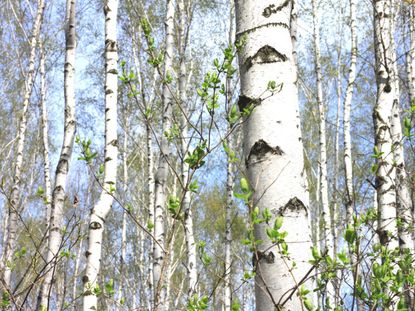

Native to northern climates, paper birch trees are lovely additions to rural landscapes. Their narrow canopy produces dappled shade that makes it possible to grow these trees in a sea of groundcover plants such as wintergreen and barberry, and you can even grow grass under them. Unfortunately, paper birches don't fare well in the city where they struggle to survive in the face of pollution, heat and dry conditions. Although they love cool climates, the branches break easily on windy days, especially when weighted down with snow and ice. Despite these drawbacks, they are well worth growing for their beautiful bark that shines against a dark background.
What Is a Paper Birch Tree?
Paper birch trees (Betula papyriferia), also called canoe birches, are native to moist stream banks and lakesides in Northeastern United States and Canada. They have a single trunk, but nurseries like to grow them in clumps of three and call them “clumping birches.” The lowest branches are just a few feet (91 cm.) off the ground, and in fall the foliage turns a blazing shade of yellow. Growing paper birch trees means you'll always have something interesting to look at in the landscape.
Paper Birch Tree Facts
Paper birch trees grow as much as 60 feet (18 m.) tall and 35 feet (11 m.) wide, adding as much as 2 feet (61 cm.) per year in USDA plant hardiness zones 2 to 6 or 7 where winters are cold. The tree's most striking feature is its peeling white bark, which is highlighted with streaks of pink and black. In spring, it produces hanging clusters of catkins that are very attractive when in bloom. Most specimens have bright-colored fall foliage. Paper birch trees are a larval host for luna moth caterpillars. They also attract a number of birds, including yellow bellied sap suckers, black-capped chickadees, tree sparrows and pine siskins. Here are a few uses of paper birch in the landscape:
- Grow them in groups in moist beds and borders. Their thin canopy lets you grow other plants beneath them.
- Use paper birches to transition gradually from woods to open ground.
- Although the roots are shallow, they don't usually rise above the surface of the soil, so you can use them as lawn or roadside trees.
How to Care for a Paper Birch Tree
Paper birches transplant easily with little shock. Plant them in a location with full sun and moist but well-drained soil. The trees adapt to most types of soil as long as it is cool in summer. It prefers long winters and mild summers. Paper birches are susceptible to a number of insects, including the destructive bronze birch borers. If you live in an area where these insects are a problem, try planting a resistant cultivar such as ‘Snowy.' You can also help the tree resist birch borers by fertilizing annually in spring and using organic mulch. It's best not to prune a paper birch unless absolutely necessary because it attracts insects and the tree bleeds copious amounts of sap when cut.
Gardening tips, videos, info and more delivered right to your inbox!
Sign up for the Gardening Know How newsletter today and receive a free download of our most popular eBook "How to Grow Delicious Tomatoes."

Jackie Carroll has written over 500 articles for Gardening Know How on a wide range of topics.
-
 Urban Beekeeping Guide: Top Tips For Raising Bees In The City
Urban Beekeeping Guide: Top Tips For Raising Bees In The CityUrban beekeeping can be a rewarding and appreciated pastime, but first be sure it’s legal in your city and learn the ropes of beekeeping.
By Mary Ellen Ellis
-
 2024 Plant Of The Year: Why Experts Say Philodendron Is The “It” Plant Of The Year
2024 Plant Of The Year: Why Experts Say Philodendron Is The “It” Plant Of The YearWe aren’t surprised that philodendron was designated the plant of the year. Versatile, easy-care and lovely, it’s the houseplant of the year 2024!
By Bonnie L. Grant
-
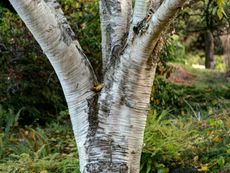 How To Grow A Himalayan Birch Tree
How To Grow A Himalayan Birch TreeBeautiful white barked Himalayan birch trees need a cool northern climate and prefer a winter blanket of snow. Learn more about them.
By Teo Spengler
-
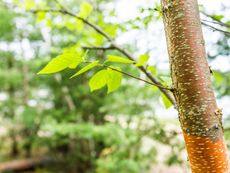 Water Birch Tree Care And Characteristics
Water Birch Tree Care And CharacteristicsEven if you aren’t familiar with water birch, you may guess that it tolerates wet soil. But there’s much more to know.
By Teo Spengler
-
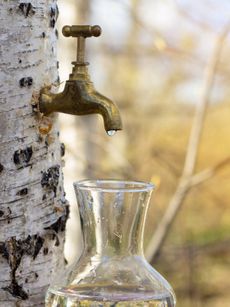 How To Tap Birch Trees: Birch Syrup And Other Uses For Birch Sap
How To Tap Birch Trees: Birch Syrup And Other Uses For Birch SapDid you know you can make birch syrup? Read on to learn about birch sap harvest for syrup and other birch sap uses.
By Teo Spengler
-
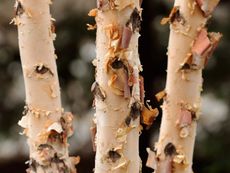 11 Types Of Birch Trees: Choosing A Birch Variety For Your Backyard
11 Types Of Birch Trees: Choosing A Birch Variety For Your BackyardSlender and graceful, birch trees are admired by many gardeners. If you are wondering about the different varieties of birch trees, read on.
By Teo Spengler
-
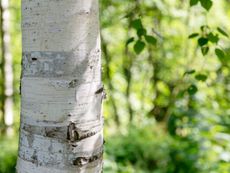 The Right Way To Peel Birch Bark - Sustainable Harvesting Tips And Techniques
The Right Way To Peel Birch Bark - Sustainable Harvesting Tips And TechniquesLearning more about paper birch bark can help gardeners and crafters to better understand the tree’s significance, as well as help to ensure that birch plantings within the home landscape are kept thriving.
By Tonya Barnett
-
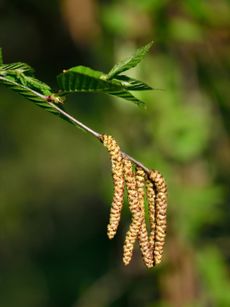 What Is A Sweet Birch – Learn About Sweet Birch Trees
What Is A Sweet Birch – Learn About Sweet Birch TreesIf you’d like to learn more about sweet birch trees, read on. We’ll give you sweet birch tree facts as well as growing information.
By Teo Spengler
-
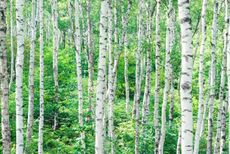 Birch Tree Lifespan: How Long Do Birch Trees Live
Birch Tree Lifespan: How Long Do Birch Trees LiveHow long do birch trees live? The birch tree lifespan depends upon where the tree is growing. For more information about factors that affect the life of a birch tree, click on the article that follows to learn more.
By Teo Spengler
-
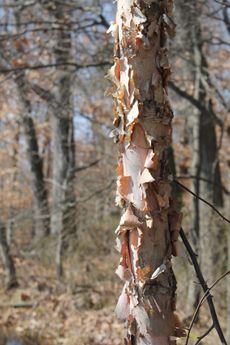 Planting A River Birch Tree: Tips On River Birch Tree Growing
Planting A River Birch Tree: Tips On River Birch Tree GrowingThe river birch is a popular tree for river banks and wet parts of the garden. Its attractive bark is especially striking in the winter when the rest of the tree is bare. Learn more river birch tree facts and how to use them in the landscape of your home right here.
By Liz Baessler